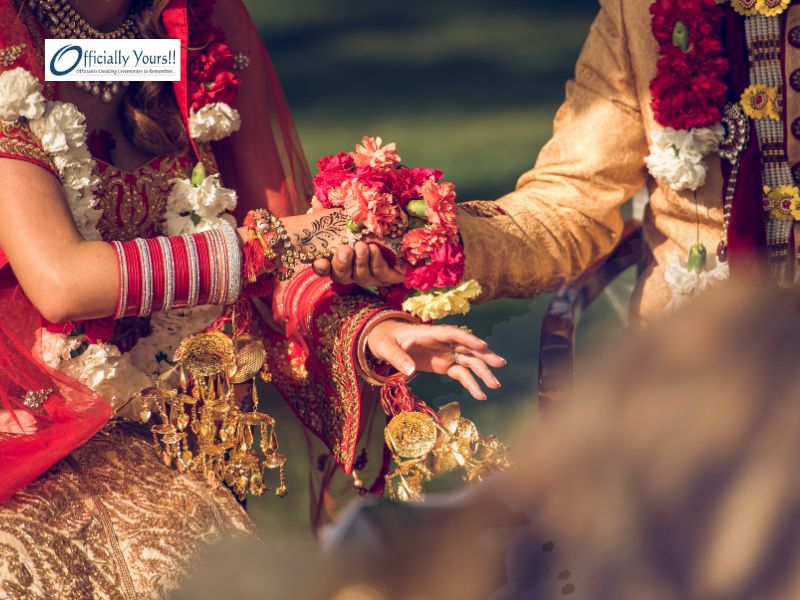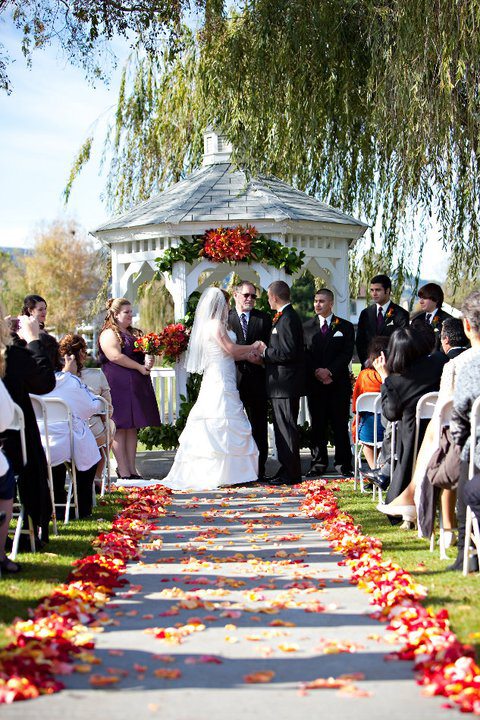What is the Oldest Wedding Tradition?
Wedding traditions are an integral part of cultures worldwide, steeped in history and significance. They signify the union of two people and their families, encapsulating beliefs, rituals, and customs that are often passed down through generations. But what is the oldest wedding tradition? In this blog post, we will delve into various ancient wedding traditions and explore their origins.
The Ancient Roots of Wedding Traditions
To uncover the oldest wedding tradition, we must first understand that many cultures have their unique practices surrounding marriage. The concept of wedding ceremonies dates back thousands of years. The earliest recorded wedding traditions can be traced back to ancient Mesopotamia around 2350 B.C. In this region, marriage was treated as a solemn contract, accompanied by various rituals to mark the union.
In these ancient societies, wedding traditions were often intertwined with agricultural cycles, celebrating fertility and the bounties of nature. The importance of these practices signifies that even millennia ago, the societal framework recognized marriage as a fundamental aspect of human existence.
The Handfasting Ceremony
One of the oldest known wedding traditions is handfasting, which dates back to ancient Celtic cultures. Handfasting involved the couple’s hands being tied together with a ribbon or cord to signify their union. This practice symbolised binding oneself to another and was often performed during a festival or ceremony focused on fertility and the harvest.
Handfasting rituals varied greatly. In some cases, it was a temporary arrangement, allowing couples to test their compatibility for a year and a day. If they found that they were suitable partners, they could choose to make the commitment permanent. This tradition has seen a resurgence in contemporary weddings, resonating with those seeking more meaningful and personal ceremonies.
Roman Wedding Traditions
As we look into further wedding traditions, the Romans contributed significantly to the rituals we observe today. Ancient Roman wedding traditions involved a series of complex rites. One key element was the “toga of wife,” where the bride would don a special garment, and vows were exchanged in a symbolic union.
Moreover, Roman weddings were celebrated with feasts and festivities that lasted several days, reinforcing the communal aspect of marriage. Notably, the exchanging of rings, believed to be a sign of love and fidelity, also traces its origins to Roman customs. Today, the wedding ring remains a crucial symbol in wedding traditions worldwide.
The Importance of Dowries
Another noteworthy wedding tradition from antiquity is the practice of dowries. A dowry involves the bride’s family providing goods, money, or property to the groom’s family upon marriage, serving as a form of security for the bride. This custom is ancient and can be found in various cultures, including Hindu, Islamic, and European societies.
While the practice has evolved and become less common in many modern contexts, its historical significance reflects the economic and social structures influencing married life. Dowries can also signify the value placed on the bride within her family and her new household.
Unique Wedding Traditions Across the Globe
As we continue to explore the vast landscape of wedding traditions, it’s essential to recognise how different cultures have unique customs marking marriage. For example, in some Native American cultures, a wedding ceremony includes a “Unity Bowl” where the couple blends different grains, symbolising their shared life. In Japan, the Shinto wedding involves a series of rituals steeped in spirituality and centred around purification.
These various wedding traditions emphasize cultural identity, expressing love, commitment, and familial bonds differently across societies.
Final Thoughts
In conclusion, the oldest wedding traditions highlight the depth and diversity of marriage customs around the world. From handfasting in Celtic cultures to dowries in ancient Rome, these practices not only celebrate love but also reflect societal structures and cultural beliefs. While we may not pinpoint one definitive oldest wedding tradition, the exploration of these customs provides a beautiful tapestry of human history and connection.
As you plan your special day, consider embracing aspects of these ancient wedding traditions to infuse your ceremony with deeper meaning and connection to the past. Whether you choose to incorporate some handfasting or a unique cultural custom, celebrating love through the lens of history can create a significant and memorable wedding experience.
Contact us today so that we can help you create your own wedding tradition!



Follow Us!